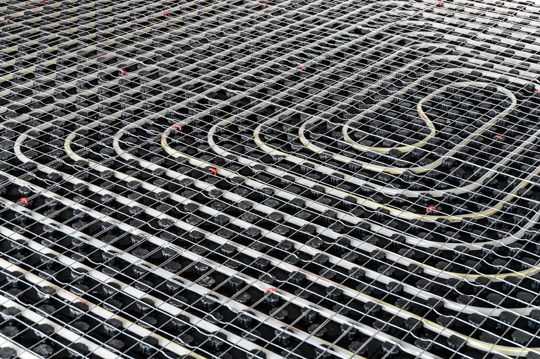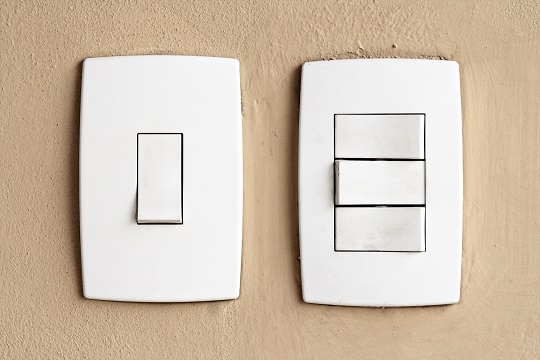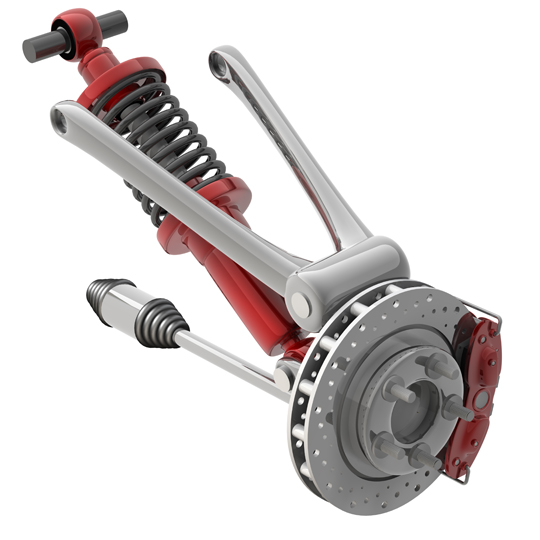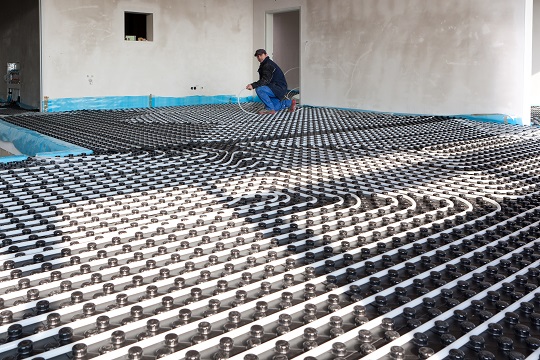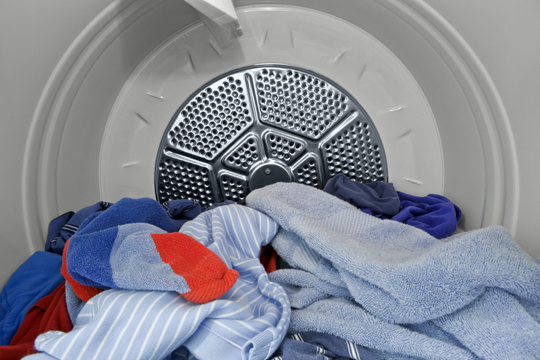While underfloor electric heating may be a bit extravagant for most homes, it is a wonderful feature to have and something you will truly enjoy when winter sets in and your floors are warming your feet instead of numbing them. So if you are considering installing electric radiant floor heating, below is some basic information about this type of heating system.
How does it work?
Also known as a dry system, underfloor electric heating is the most commonly used type of radiant floor heating. The other radiant heating system for use under floors is known as a wet system, or hydronic radiant heating, and makes use of hot water coursed through tubes beneath the floor.
An underfloor electric heating system, meanwhile, uses a wire mesh mat that contains a series of looped wires and is connected to your electrical supply. You can trim or splice the mat and simply roll it out to easily cover a large area.
The heating element is electrically insulated to prevent electric shocks. This system provides a low, even heat under the floors. It takes some time to build up heat and warm the room, but it also takes longer to cool down. It can heat flooring up to 95 degrees (F).
What are the most suitable types of flooring?
While underfloor radiant heating can be used with a variety of floor types, it works best when it is installed under thick, solid floors like stone, concrete, marble, brick, or tile flooring. It is not ideal to be used under carpeted floors, hardwood, or vinyl floors since these types of floor covering serve as insulators that block heat.
Pros and Cons
Pros: Underfloor electric heating that is installed under the ideal type of flooring will retain heat for a long period of time even when the power supply has been turned off.
– When the temperature is set properly, it heats the floor subtly to provide pleasant warmth in the room.
– It can help minimize your total heating costs by reducing the load of your HVAC or other space heaters.
Cons: Underfloor electric heating is difficult to retroactively install in a home.
– If any wires become damaged, getting to them under the flooring for repair can be tricky.
– Although it can be used as a primary heat source, it is designed to warm the floor surface rather than the entire room.
– It is expensive to use.
How much does it cost to operate?
The cost will depend on your location and local electricity rates. However, a good cost estimate would be at least $0.25 up to about $0.35 per day if operated 8 hours every day in a medium-sized room.
Planning to Install this System?
You’ll need expert help. Use TalkLocal to find heating experts in your area now. We’ll connect you with local professionals fast so your floors will be toasty in no time.

